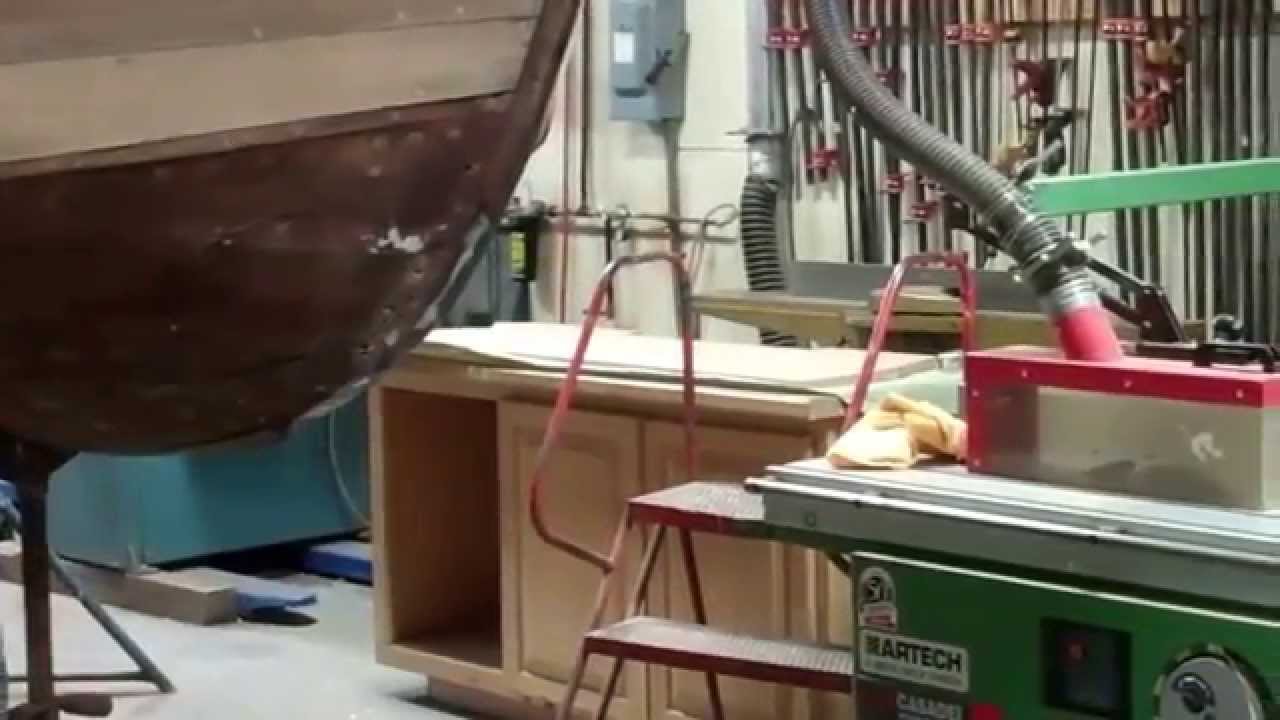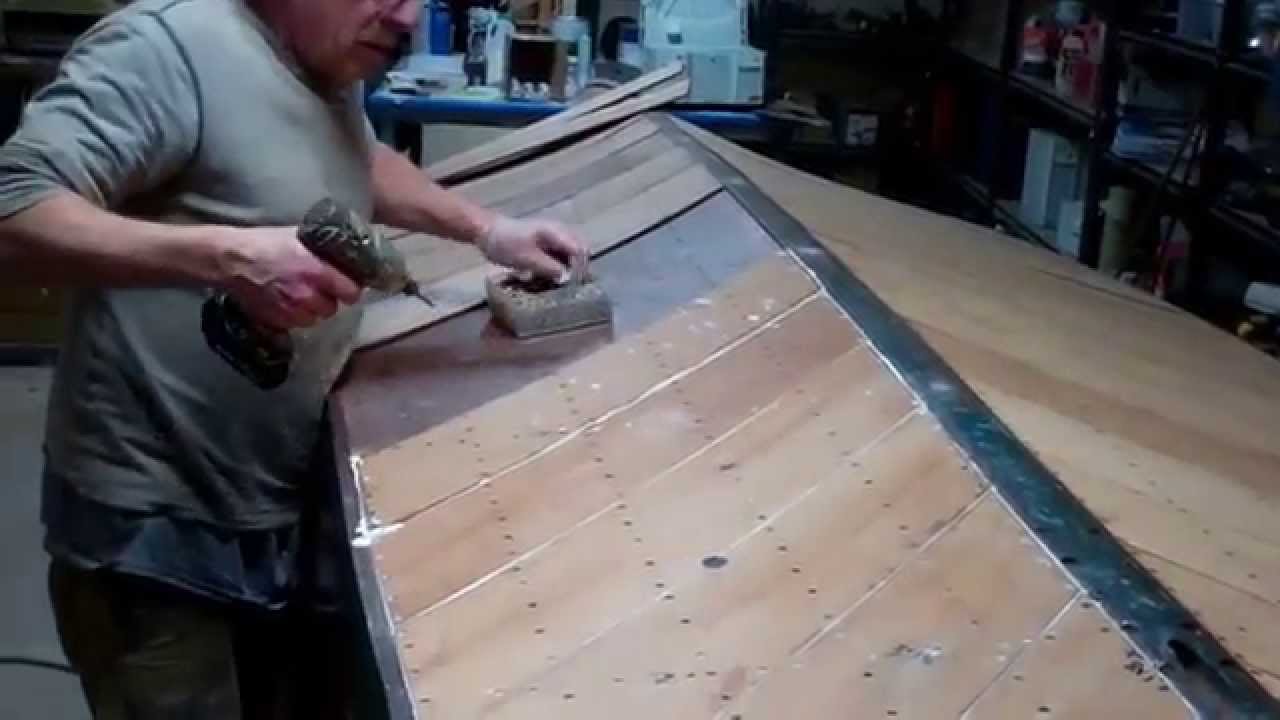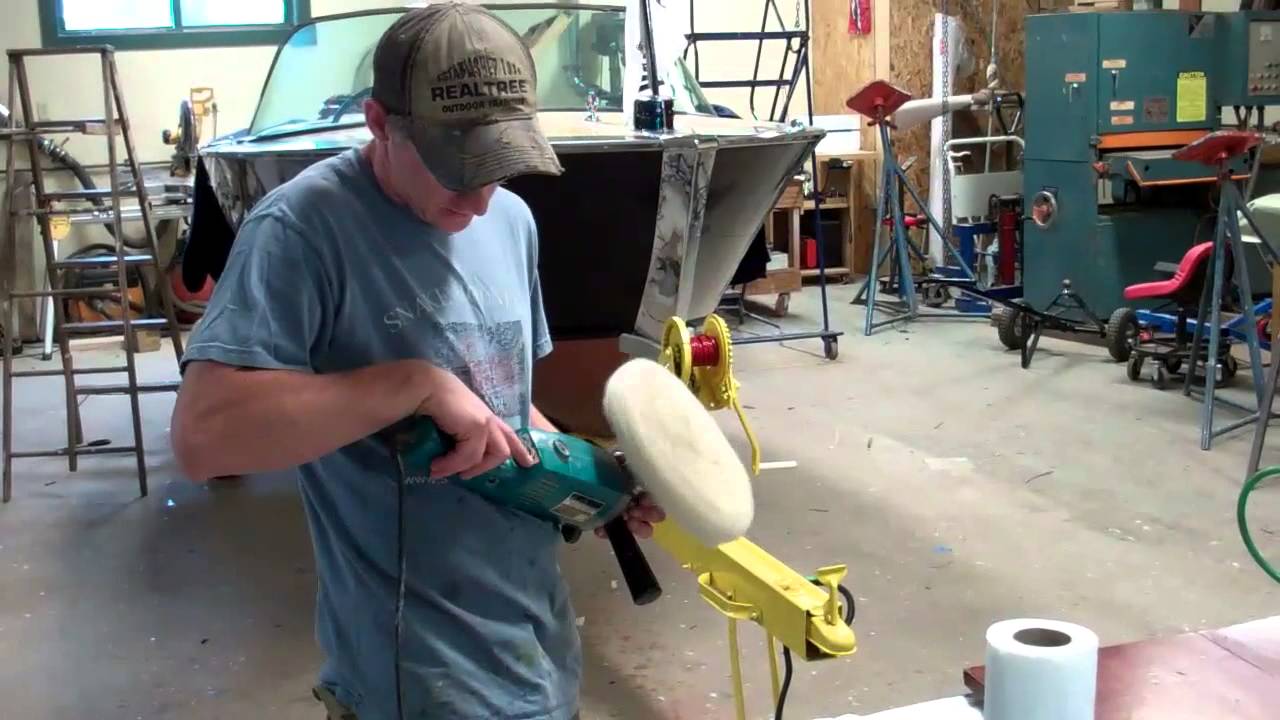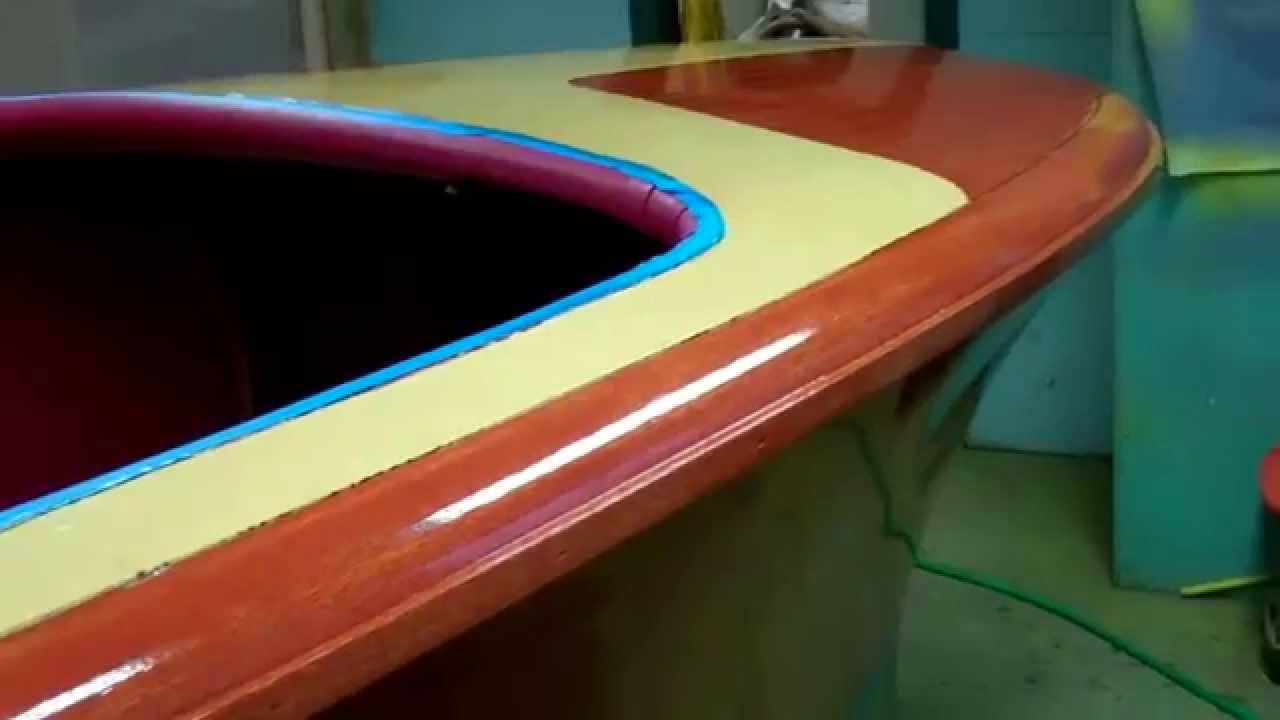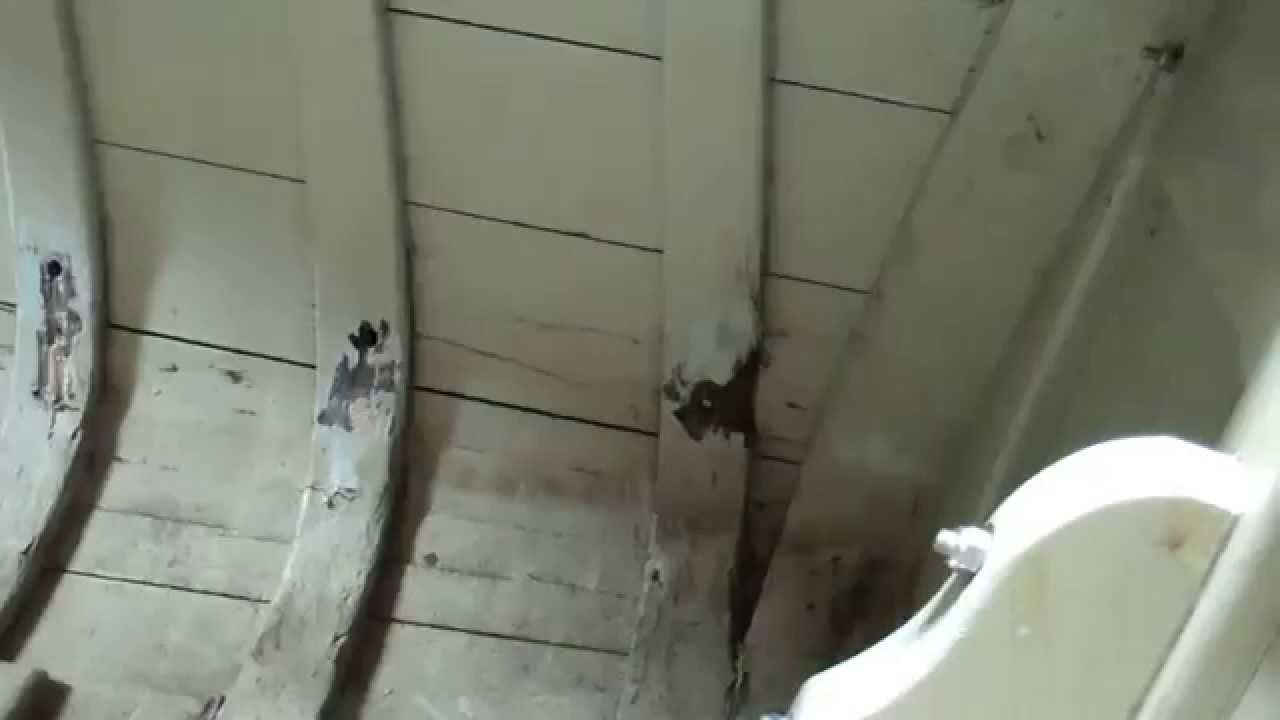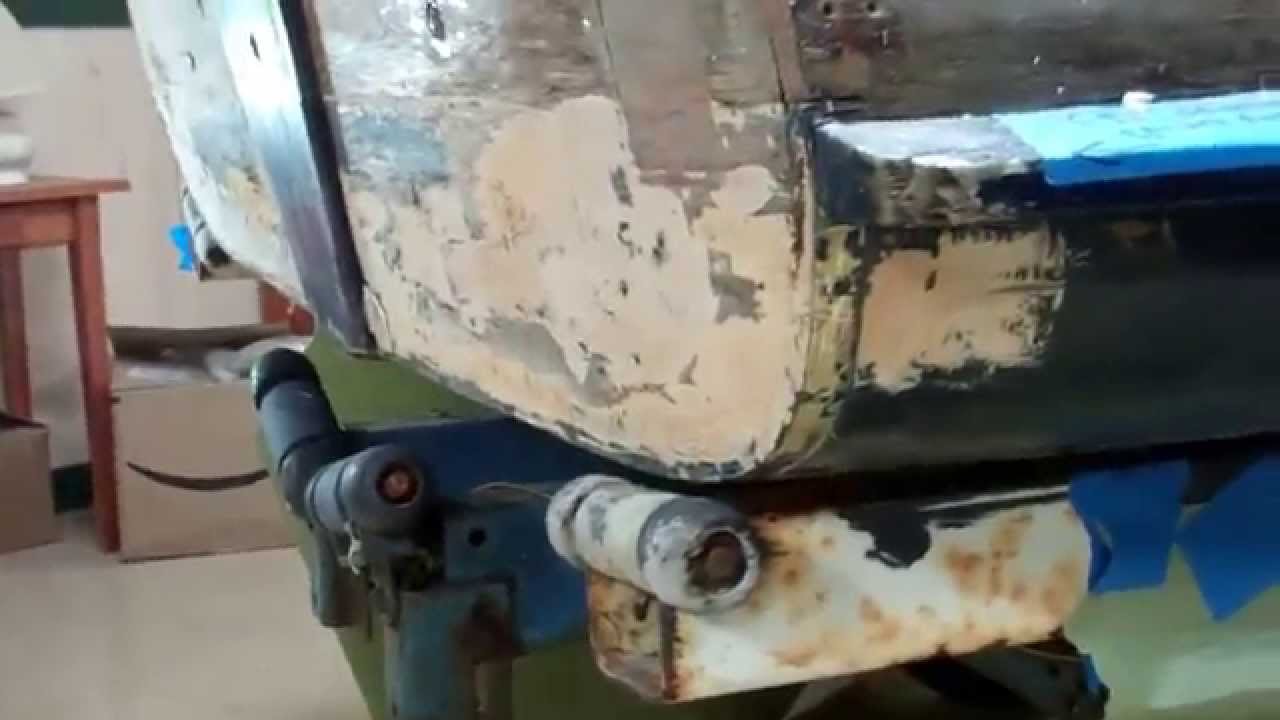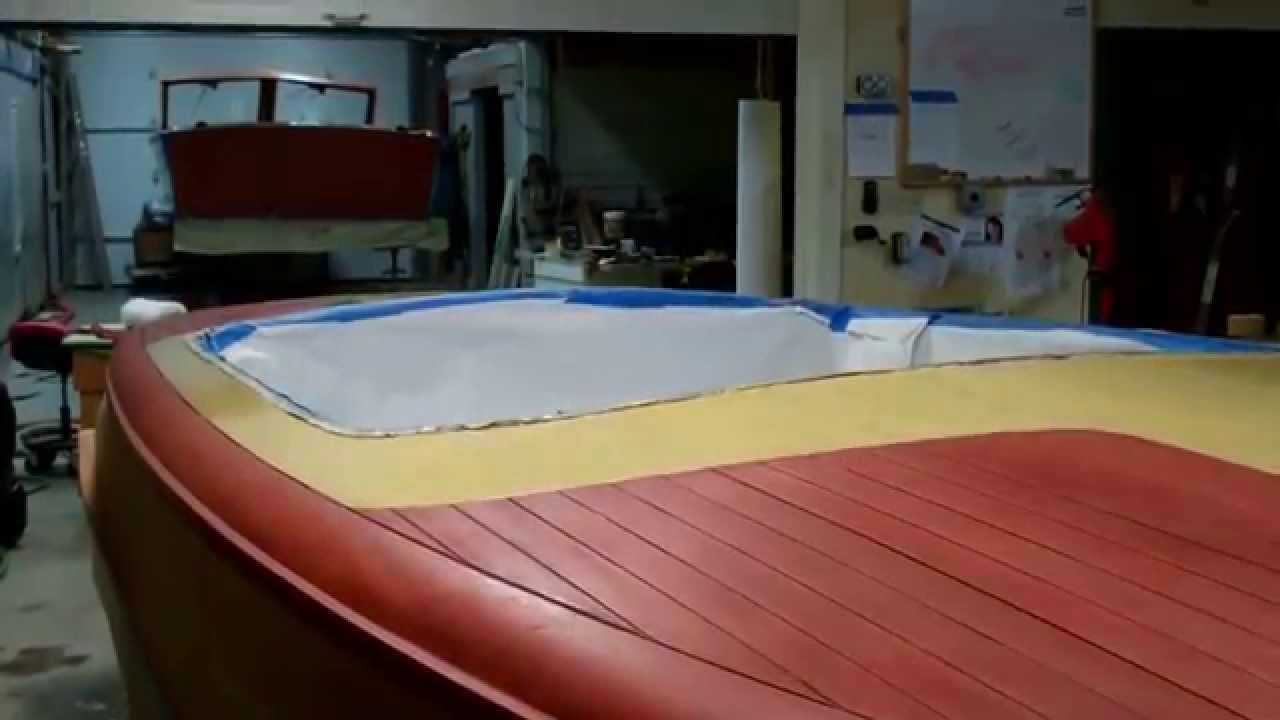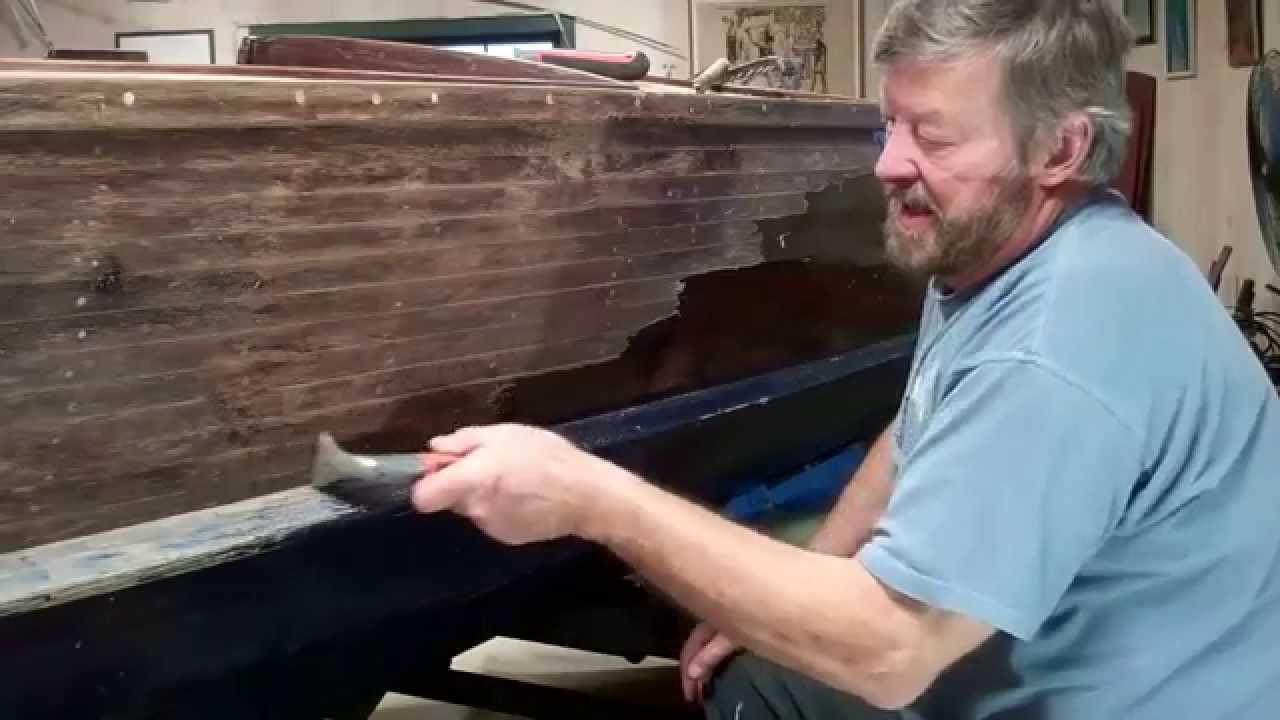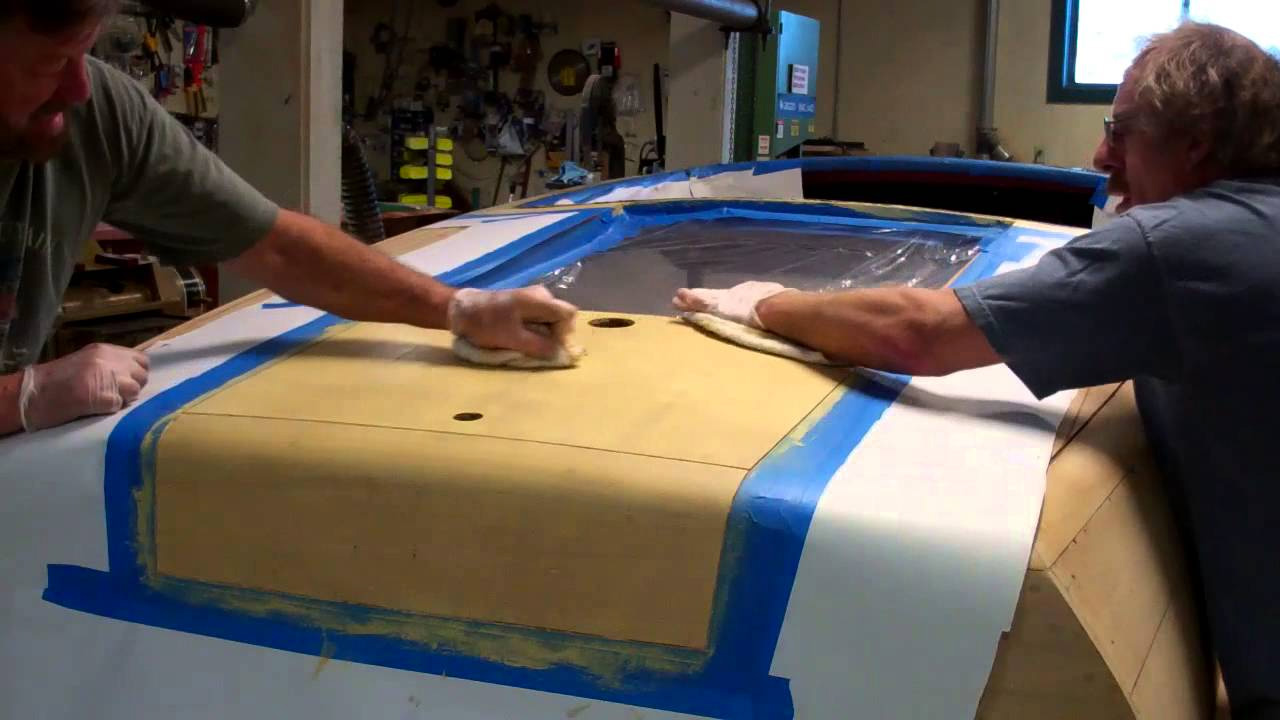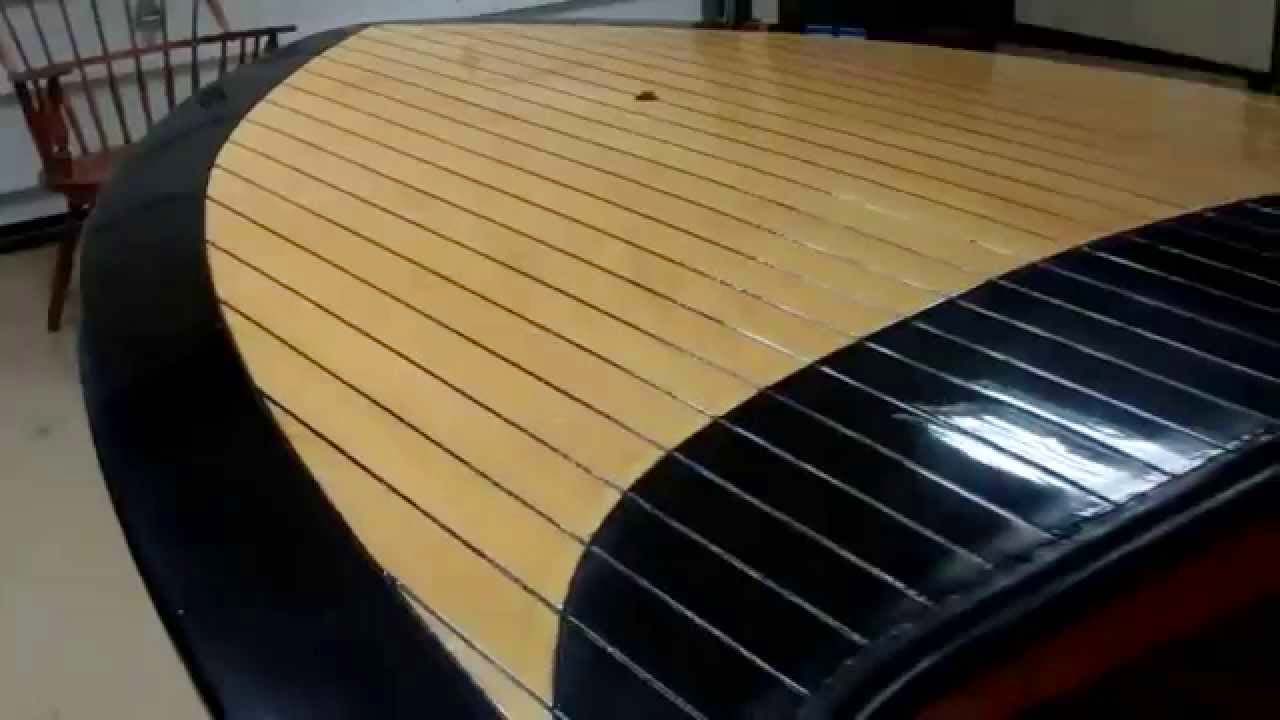Our January 24, 2015 workshop included a clinic led by John La Fountain on using a Dutchman for repairing the stem of 1953 Shepherd 22’ utility we are preserving.
Following is the handout he prepared and distributed to workshop participants.
- Inspect stem and knee to determine if a Dutchman can solve the rotting and grain separation issues where the stem and knee meet.
- Remove the bad part by cutting away any rot or split-out wood. a. Always cut the top at an upward angle relative to the leading edge of the stem so that water runs off the Dutchman, not down inside it.
- Make a template using cardboard.
- Locate a straight-grained, clear piece of white oak – usually 8/4, as it was here. (Be sure to wear heavy gloves!) a. Using a band saw, rough-out the mating surfaces between the Dutchman and stem or knee, after transferring the templates to the blocks of wood. b. Rough out the abutting faces of the two Dutchmen.
- Sand the Dutchmen to shape
- Re-fasten the leading ends of the planking – or strakes in a lapstrake hull – bedded in 3M 5200.
- Repair any rot, cracks or over-sized holes with TotalBoat Thixo Thickened Epoxy adhesive now. (The above-waterline seams will be affixed with TotalBoat Wood Epoxy System.)
- Once epoxy has cured, do a final sanding and shaping of both Dutchmen and the surfaces they will mate to on the stem and knee.
- After a final check for fit, some final sanding, fit the Dutchmen in place and one fastener pilot hole into each.
- Glaze both surfaces with TotalBoat Thixo, and the abutting surfaces with 3M 5200, and fasten them in place with fasteners passing through the pilot holes.
- Wait 24-48 hours.
- Drill the carriage bolt holes from the inside of the stem and knew out, and insert silicon bronze carriage bolts – 4 in the case of the Shepherd.
- Do a final sanding and fairing.
- You are ready for paint!

